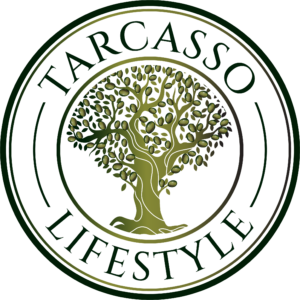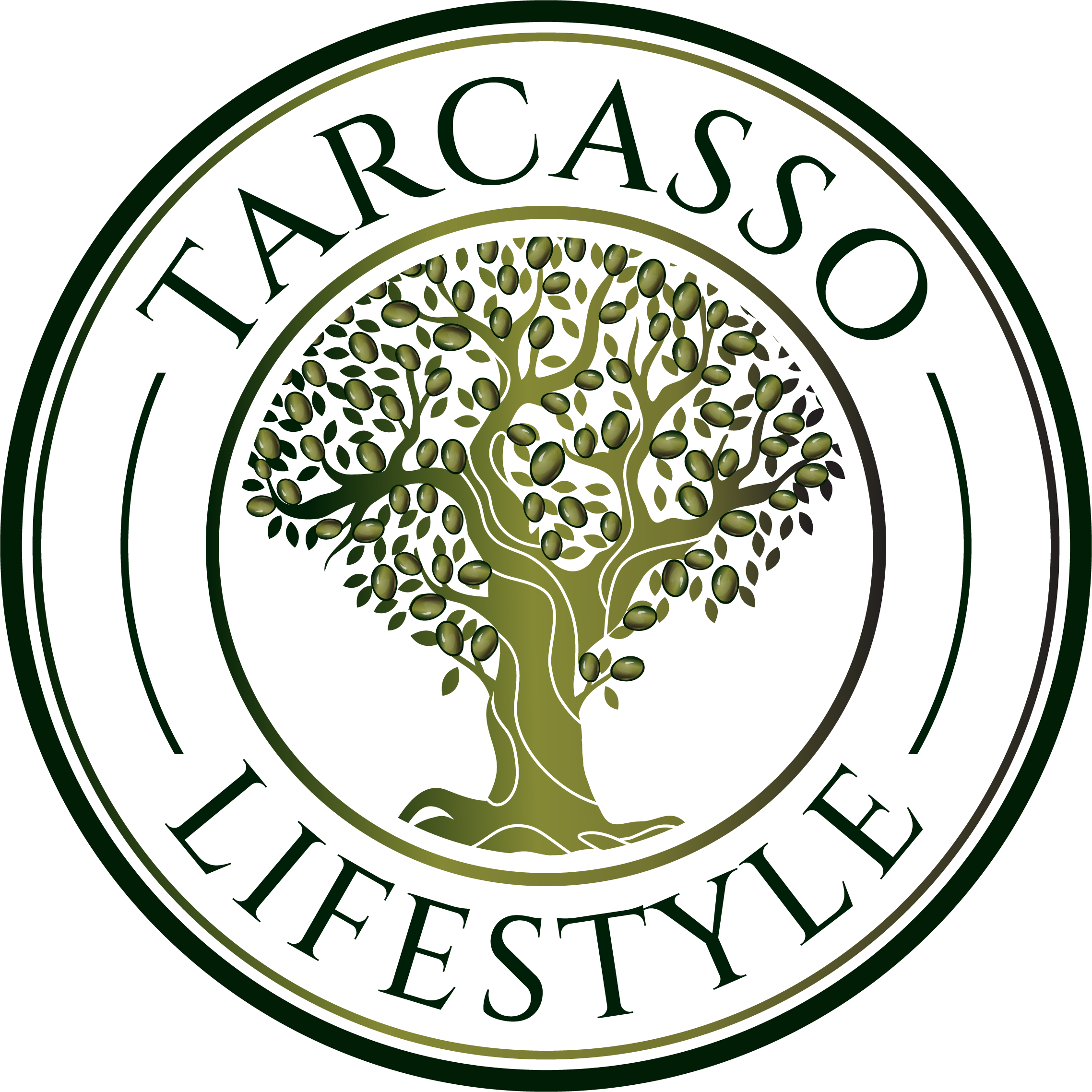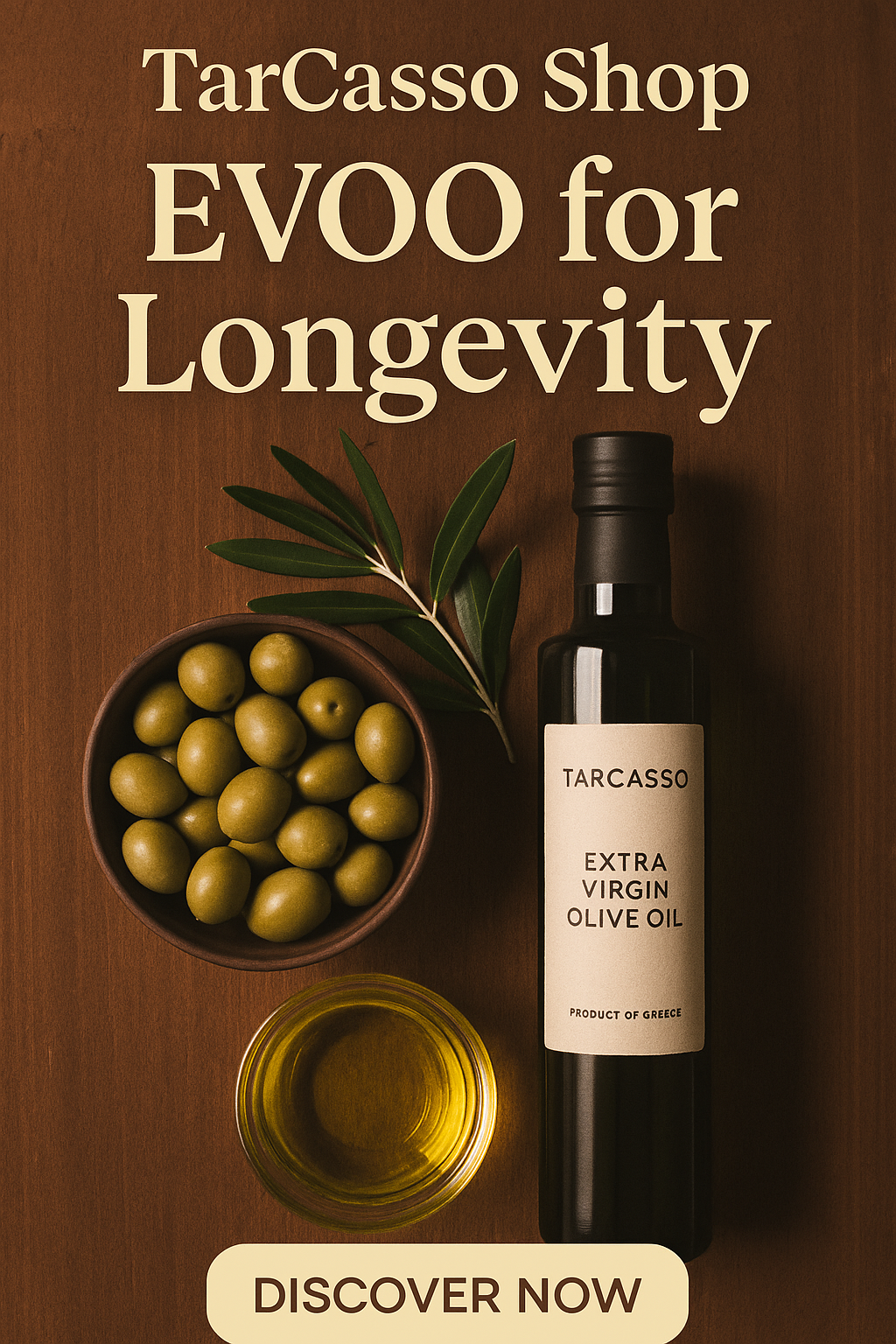In the age of wellness trends and fad diets, the Old Order Amish communities offer something rare: a real-world example of a lifestyle that supports not just life span, but exceptional healthspan. While their average life expectancy—typically between 70 and 75 years—is not dramatically higher than that of other Americans, their ability to live well into old age without the burdens of chronic disease is enviable.
So what’s their secret?
1. A Life Free from Processed Foods
Modern Western diets are saturated with highly processed, calorie-dense, nutrient-poor foods. Refined sugars, seed oils, artificial preservatives, and engineered flavorings now dominate supermarket shelves and dinner plates. These “foods” are strongly linked to epidemic rates of obesity, type 2 diabetes, cardiovascular illness, and even cognitive decline.
In contrast, the Amish diet is deeply rooted in homegrown and minimally processed foods. Most families operate their own farms, growing seasonal vegetables, preserving their harvests, raising livestock, and cooking from scratch. Meals are hearty but traditional—think root vegetables, whole grains, fermented foods, and pasture-raised meats—all made without industrial shortcuts or synthetic additives.
Processed sugar consumption is lower, and soda, fast food, and commercial snacks are largely absent. In eliminating this refined overload, the Amish unwittingly align with cutting-edge science calling for a return to nutrient-dense, unprocessed eating.
“It’s not just what you eat, it’s how close the food is to its natural origin,” explains our resident nutrition editor. “The Amish provide clear, real-life evidence of how staying close to the soil can keep chronic illness at bay.”
2. A Physically Active Life—By Design, Not Resolution
Whereas most Americans struggle to get even 5,000 steps per day, Amish men average over 18,000, and women 14,000. This movement isn’t achieved through gym memberships or fitness apps but simply a byproduct of living: farming without heavy machinery, walking instead of driving, manual housework, and hands-on community roles.
Sustained physical movement throughout life isn’t just cardio—it’s a defense against insulin resistance, arterial plaque, and inflammation. Maintaining strength, balance, and cardiovascular health well into older age helps explain why fewer Amish elders suffer from long-term disability or drug-dependent conditions.
3. A Slower, More Supportive Social Environment
The average elderly American faces a high risk of isolation, dependence on institutionalized care, and high stress. Amish elders, by contrast, nearly always remain embedded in multigenerational households. The security of lifelong roles, meaningful labor, and close relational networks reduces psychological stress and harmful neuroendocrine responses that accelerate aging.
Amish communities are not immune to hardship—but they buffer it through simplicity, routine, and shared purpose, all factors increasingly validated by aging research.
4. Genetics Play a Role, But Lifestyle Does the Heavy Lifting
Contrary to a common assumption, the Amish are not uniformly long-lived due to genetics. While some carry rare mutations, such as the SERPINE1 gene linked to increased longevity, these are isolated to a few families. What benefits most Amish isn’t rare DNA—but a consistently anti-inflammatory way of living. Less pollution, a whole-food diet, manual labor, and low exposure to industrial stressors combine to enhance biological resilience.
Conclusion: Could You Live Amish—in Spirit?
You don’t need to churn your own butter or raise a barn by hand to live better. But the Amish way highlights enduring truths:
- Healthy aging depends not just on how long we live, but how well.
- Highly processed foods—no matter how convenient—carry deep biological costs.
- Sustained movement, clean food, and close-knit social environments are not luxuries; they are foundations for lifelong vitality.
The path to better living may not be paved in silicon or nutritional supplements. Sometimes, it starts in a garden, a kitchen, or a shared meal from the earth itself.
👣 Word to the Reader:
You don’t need to go off-grid to benefit from this insight. Start by replacing one processed snack with whole food, or take a 20-minute evening walk. Healthspan begins not with the calendar—but with a choice.





